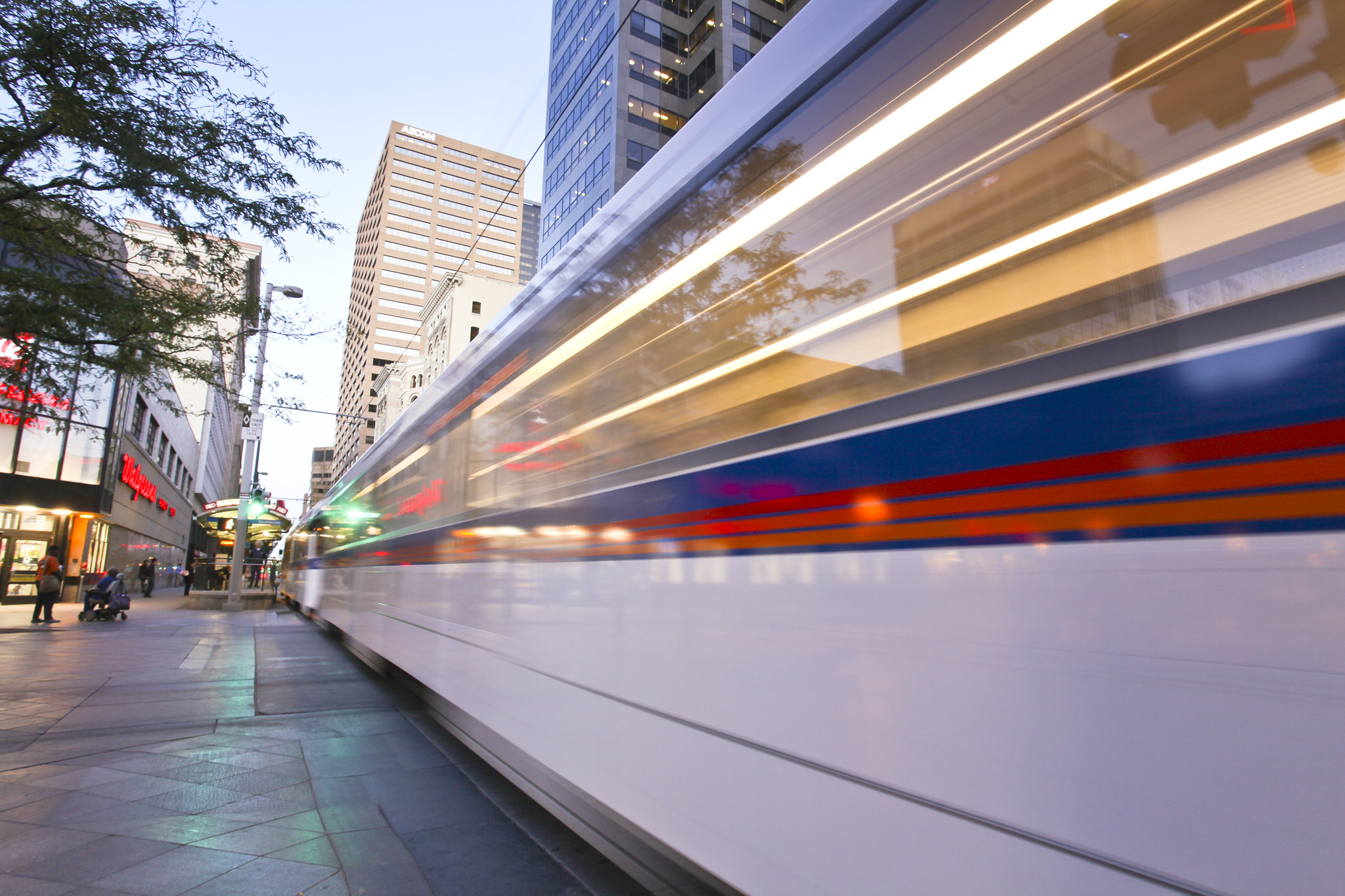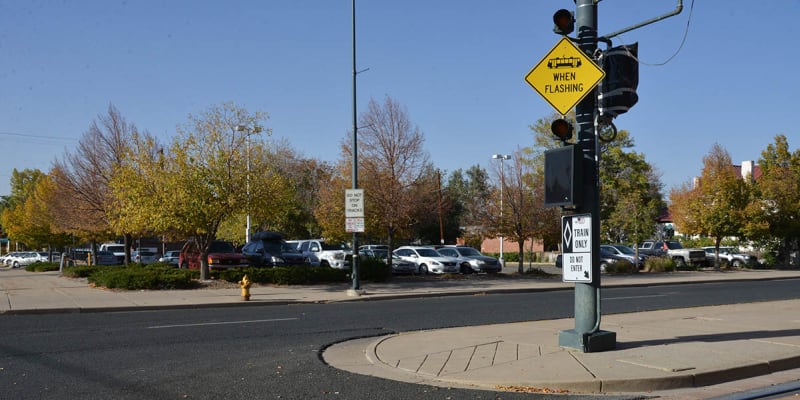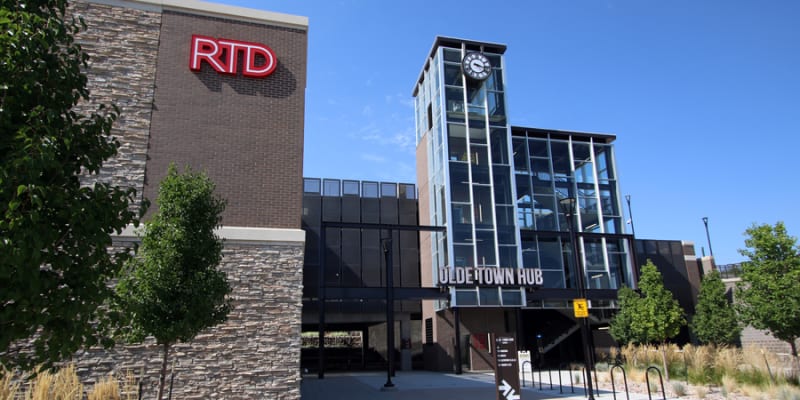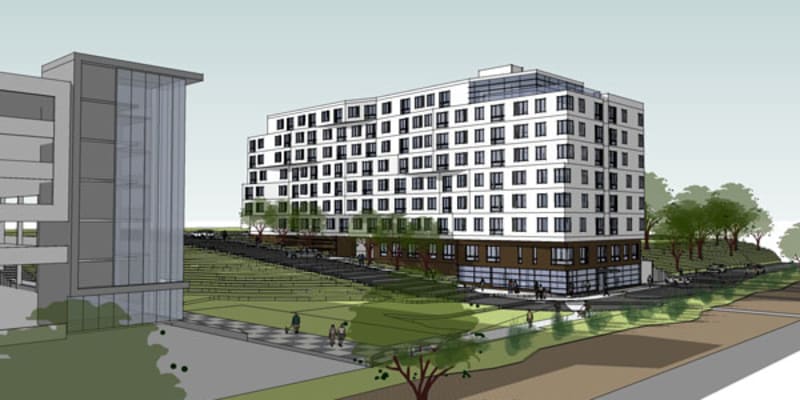
Transit Oriented Development
Development at and around the system's transit stations is an exciting element of the FasTracks program. As the Denver region's public transit agency, RTD plays an important role in the implementation of Transit-Oriented Development (TOD).What is Transit-Oriented Development?
Transit-Oriented Development (TOD) is an approach to developing the built environment that integrates higher density new construction with transit, creating synergies that enhance the value of both. It is characterized by a pedestrian‐oriented environment that allows people to live, work, shop, and play within a five‐ to ten-minute walk of a transit stop.
Clusters of TODs contribute to creating transit-oriented communities, which enjoy a number of benefits:
- Economically stable neighborhoods and reduced sprawl
- Reduced commute times and related costs
- Improved environmental quality through alternative transportation modes
- Diminished automobile dependency in support of first- and last-mile connections
In addition, TOD enjoys land value premiums and generally out‐performs in competitive markets, attracting developers and their partners. Since 2005, 68 percent of all new office and 44 percent of all new housing in Metro Denver has located within one half-mile of an RTD station.
- More information about TOD in the City and County of Denver and the City of Aurora
What's RTD's Role with TOD?
RTD's TOD mission is to help facilitate TOD opportunities that increase ridership or enhance transit investments throughout the District through station design and close coordination with local jurisdictions and developers. RTD plays a proactive role in facilitating transit-supportive development around transit stations and strives to realize the following goals:
- Promote multi-sector, cross-jurisdictional partnerships
- Encourage sustainable development that supports the transit system
- Ensure a hierarchy of multi-modal access
- Protect and enhance RTD’s transit assets
The TOD Group encourages developers to take advantage of RTD's Neighborhood EcoPass program to offer residents easy and convenient access to all RTD bus and train services at a deeply reduced rate.
Joint Development
RTD occasionally pursues joint development, a subset of TOD that involves a partnership between RTD and a public or private developer to improve agency property at an active transit facility. Joint development may involve air rights development, ground lease arrangements, sale of land, or other initiatives that promote real estate development at or near transit stations to the mutual benefit of public and private interests.
Learn more about joint development with RTD, including RFPs and the Unsolicited Proposal Process.
Joint Development Properties
RTD has pursued joint development at the following properties since 2010Planning Studies and Research
RTD’s TOD group manages and conducts research to support transit-oriented development, shares information with both public and private sector partners, and provides planning assistance in order to help local jurisdictions connect constituents to transit service.
Examples of our research include:
- Our analysis of residential parking supply and demand in Metro Denver station areas
- Our survey of transit-supportive development characteristics noted by:
- Additional transit studies:
Contact the TOD Group
For more information about working with the TOD group, email [email protected].





